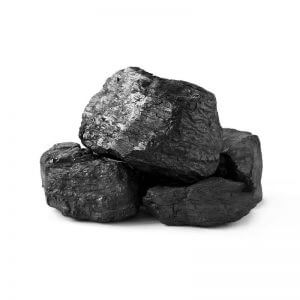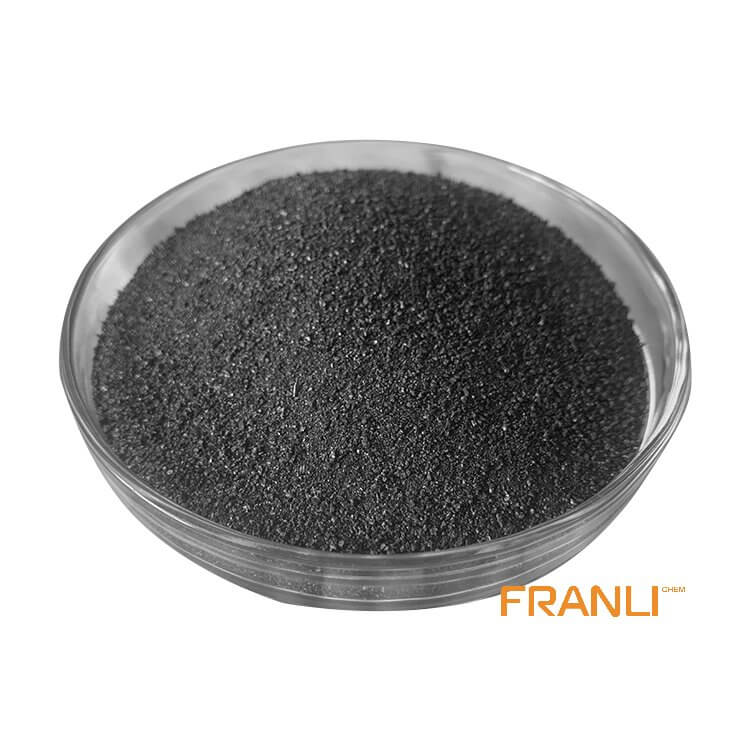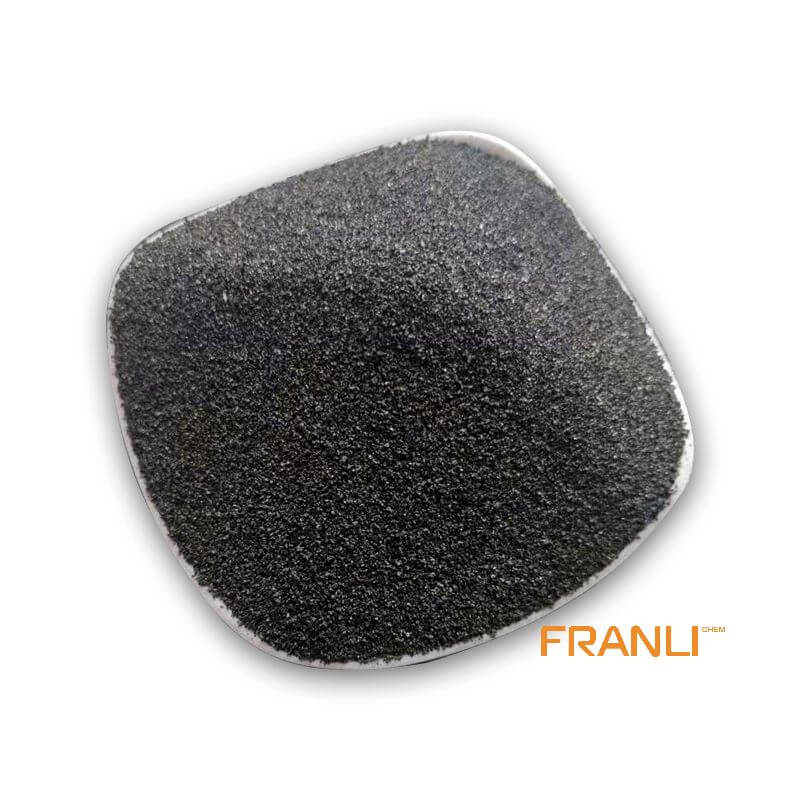


Petroleum Coke
Size
According to your requirements
Package
25 kg small bags into ton bags or ton bags
Features
Low ash content and low boiler ash discharge, etc.
Application
Depending on its quality, petroleum coke can be used in industries such as graphite, smelting and chemical industry, etc
Petroleum coke, as a byproduct of petroleum, is produced in the process of petroleum processing, that is, the crude oil is distilled to separate light and heavy oil, and the heavy oil is converted into petroleum coke by hot cracking. If petroleum coke can be obtained directly from petroleum processing, then the petroleum coke is raw coke or ordinary coke. Petroleum coke has irregular shape, dark gray or black, porous structure and metallic luster.
Request a quoteThe quality of petroleum coke at the Franli’s factory can be measured by ash, sulfur, volatile content, true density of coke after calcination, coke amount and element content of impurities. The distribution of small holes inside the honeycomb of it is relatively uniform, with good physical and mechanical properties, and this kind of petroleum coke can be used as a raw material for the production of ordinary power graphite electrodes, pre-baked anodes and electric carbon products.

Ash of petroleum coke
Ash content is the main quality indicator of petroleum coke, and sulfur is a harmful element for production. The main elements in it ash are iron, silicon, calcium, aluminum, sodium and magnesium, and a small amount of vanadium, titanium and chromium, mainly in their oxide form. The factors affecting the size of it ash are first of all the salt content and desalination degree of crude oil. The ash content of petroleum coke is also affected by the salt content of cooling water and high-pressure water for unloading, and if these two types of water are reused, the salt content is relatively high; If petroleum coke is piled in the open air, the sediment on the ground or dust brought by the wind will also increase the ash of petroleum coke.
The content of volatiles
The volatile content of petroleum coke shows the degree of coking of coke, which has a greater impact on the calcination operation, the true density of the calcined coke marks the difficulty of graphitization of petroleum coke, the greater the true density of calcined coke, the easier it is to graphitize it, and the resistivity of graphitized products is low.
The volatile content of petroleum coke indicates the degree of coking of petroleum coke, and its size has a great relationship with the coking temperature, and the coking temperature of kettle coke (about 700 °C) is high. Therefore, the volatile content of kettle coke is low (3%~7%), while the coking temperature of delayed it is only about 500 °C, so its volatile content is as high as 8%~20%.
The volatile content produced by delayed coking not only depends on the coking temperature, but also depends on the filling time of the residue oil into the coking tower and the conditions under which steam is blown into the coke layer. The volatile content of coke discharged from the same tower varies greatly, and the coke structure at the bottom of the tower is denser, the bulk density is large, and the volatile content is lower, while the coke structure at the top of the tower is loose and the volatile content is much higher.

The level of sulfur
Sulfur in petroleum coke can be divided into sulfur organic compounds (sulfur ether, mercaptan, sulfonic acid, etc.) and sulfur inorganic compounds (iron sulfide, sulfate), affecting sulfur. Usually petroleum coke with sulfur content below 0.5% is called low sulfur oil coke, or with sulfur content of about 1% is called medium sulfur oil coke, and with sulfur content greater than 1.5% is called high sulfur oil coke.
Most of China’s production areas have a low sulfur content, and the sulfur content of petroleum coke depends on the sulfur content of residual oil. 30%~40% of the sulfur in the residual oil remains in it. If hydrodesulfurization is added in the residue oil with higher sulfur content beforehand, the sulfur content in the residue oil can be reduced, and the sulfur content can be reduced accordingly.
The quality of petroleum coke at the Franli’s factory can be measured by ash, sulfur, volatile content, true density of coke after calcination, coke amount and element content of impurities. The distribution of small holes inside the honeycomb of it is relatively uniform, with good physical and mechanical properties, and this kind of petroleum coke can be used as a raw material for the production of ordinary power graphite electrodes, pre-baked anodes and electric carbon products.



